Reading time: 21 minutes
Your visit to the places Australian servicemen and servicewomen lived, served and fought on Malta begins as soon as you step off the aircraft at Malta’s international airport.
This airport began life as RAF Luqa, which was one of the busiest airfields during the defence of Malta.
Many of the sites we describe are in or close to Valletta. You can visit these through a combination of either walking, ferry, taxi or bus. The sites that are further afield are easiest to visit by hire car. But if you don’t feel like driving you can reach all of them either by bus or taxi.
You can visit these places in any order you like. Malta isn’t large, and is fairly easy to get around. Make sure you take time to indulge in all that Malta had to offer. Australians stationed here took the opportunity to swim or visit a local bar, so why shouldn’t you!
The Air War in Malta
The battle in the air over Malta was intense, with multiple raids by German and Italian aircraft. The following, courtesy of the Malta War Diary, is an example of a single day, during the peak of the siege.
9th May 1942
- More Spitfires delivered to Malta. 0400hrs reveille at Ta Qali, Luqa and Hal Far as working parties are picked and final arrangements confirmed for the arrival of Spitfires. Royal Artillery raise ammunition restriction to cover arrival of Spitfires. At 0500hrs USS Wasp and HMS Eagle, in Western Mediterranean on ‘Operation Bowery’ prepare Spitfires for take off for Malta at first light.
- 0940hrs: Nine Hurricanes are airborne, six from Luqa and three from Hal Far, as escort for the arrival of Spitfires from the western Mediterranean. Six Spitfires of 242 Squadron are also scrambled from Ta Qali to give high cover. 242 Squadron aircraft are attacked by four ME109s over Luqa. F/Lt Sanders destroys one ME109 and F/O Holland and P/O Mitchell between them destroy another. One Spitfire ditches in the sea, F/Lt Buckstone is missing.
- Flt Lt John Bockstone, 242 Squadron, age 22, son of Walter and Violet Mary Buckstone of Slough, Buckinghamshire; Husband of Leonie F. Buckstone, missing in Spitfire BP872 and commemorated on the Malta Memorial.
1000hrs: Ta Qali logs the first 22 new Spitfires and their pilots to arrive over the next hour. Each aircraft is taken to a protective pen to refuel, re-arm and repair as necessary, ready for a fresh pilot to take off within 20 minutes as cover for the next arrivals.
1055hrs: Ta Qali, 11 of the new Spitfires take to the air with experienced pilots of 249 Squadron and engage ME109s. P/O Nash destroys one and probably destroys another, F/Lt Buchanan probably destroys one. P/O Milburn crashes near Safi and is killed. P/O Harold Ashton Milburn, 249 Squadron, age 19, son of Frederick Ashton Milburn anel Mabel Milburn of Sunderland, Co. Durham, is buried at Malta (Cappucini) Naval Cemetery. - 1100hrs: 11 more new Spitfires arrive at Hal Far plus another flight at Luqa, all to be met, serviced and airborne within minutes.
1200hrs: Four Spitfires on patrol make visual contact with delivery aircraft heading in towards Malta, one new Spitfire is observed falling into the sea. The last batch of new Spitfires lands. 60 have arrived out of a total of 64.
1312hrs: News of the delivery of Spitfires has reached the Luftwaffe in Sicily. A formation of 14 JU 88s and 20 ME 109s is observed heading towards Malta. Eleven Spitfires of 126 Squadron are scrambled to intercept enemy aircraft. Two JU88s claimed as damaged. Eight Spitfires of 249 Squadron are also airborne, P/O Nash damages one ME109. Five Spitfires of 185 Squadron are also up, Sgt Tweedale crashes at Luqa. P/O Gordon Russell Tweedale DFM, RAAF, age 24 flying Spitfire BR248 was killed. His aircraft was shot down and crashed. Son of Edward Wellington and Isa Tweedale of Clayfield, Queensland, Australia. The Spitfire crashed on Lija street, while P/O Tweedale was trying to fly the aircraft all the way from Grand Harbour to the Ta’ Qali base after being fatally wounded. On the way there, the pilot died of his injuries in the cockpit and the plane nosedived in Lija, a few steps from the old parish church, killing one person on a bicycle – Serafin Cauchi, a gunner with the Malta Regiment. P/O Tweedale was posthumously awarded the DFM. - 1550hrs: 12 Spitfires from 603 Squadron are scrambled to intercept incoming ME 109 fighters. F/O Holland, P/O Mitchell and F/Sgt Hurst each damage one ME 109. One Spitfire is damaged.
- 1615hrs: 14 JU87s with a 40-strong fighter escort dive-bomb the Safi and Siggiewi dispersal areas. One Wellington already damaged is burned out. Five Spitfires of 185 Squadron attack JU87s over Grand Harbour. F/Lt Lawrence damages one ME 109. Sgt Broad claims one JU87 probably destroyed, he also damages one JU87. F/Lt Lawrence and P/O Wigley each claim one JU87 probably destroyed. Flt Lt Raymond Harold Charles Sly RAAF of 185 Squadron was killed in Spitfire BR348. Age 20, he was the son of Harold and Ivy Jane Sly of Summer Hill, New South Wales.Australia, and buried at Malta (Capuccini) Naval Cemetery.
- 1640hrs: Four Spitfires of 249 Squadron, Ta Qali, returning from a patrol over Sicily attack JU87s who have been bombing Luqa and Grand Harbour. P/O Nash probably destroys one.
- 1727hrs: 11 Spitfires (4 of 601 Squadron and 7 of 126 Squadron) are scrambled from Luqa to intercept approaching enemy aircraft. Nine aircraft engage in combat, the other two make no contact. Claims: three probable Italian BR20s destroyed; one Macchi 202 destroyed, two Macchi 202 damaged. Five Cant 1007s and numerous fighters attack, dropping fifty 100kg bombs on Attard camp and on Ta Qali airfield.
- 1805hrs: Nine Spitfires of 601 Squadron are scrambled from Luqa to intercept incoming enemy aircraft. Eight Spitfires of 603 Squadron and three Spitfires 249 Squadron are airborne from Ta Qali but did not manage to intercept the five Cant 1007s anel seven JU88s which go on to attack the airfield. F/Lt Douglas destroys one ME109, F/O Slade damages another. F/L Douglas goes into a bomb crater on landing and damages his aircraft. Seven JU88s drop 40 high explosive bombs on Ta Qali causing craters on the aerodrome. Three Spitfires are damaged.
- 0050-0212hrs and 0250-0520hrs: Two Beaufighters are airborne from Luqa on patrol to intercept enemy aircraft. One BR20 is claimed as probably destroyed. Other Casualties: AC1 John Clarke, 603 Squadron.
RAF Luqa
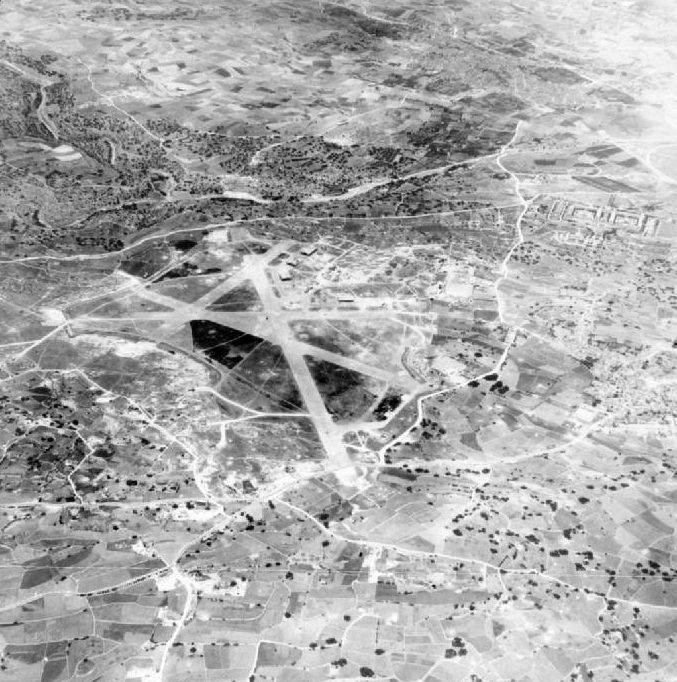
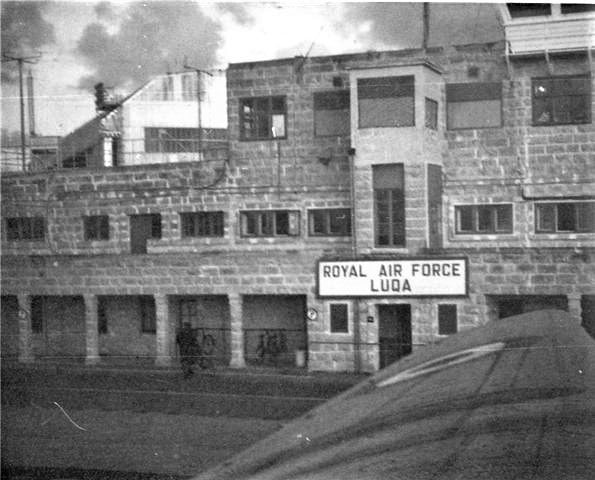
RAF Luqa was the base for Air Headquarters Malta during the Second World War.
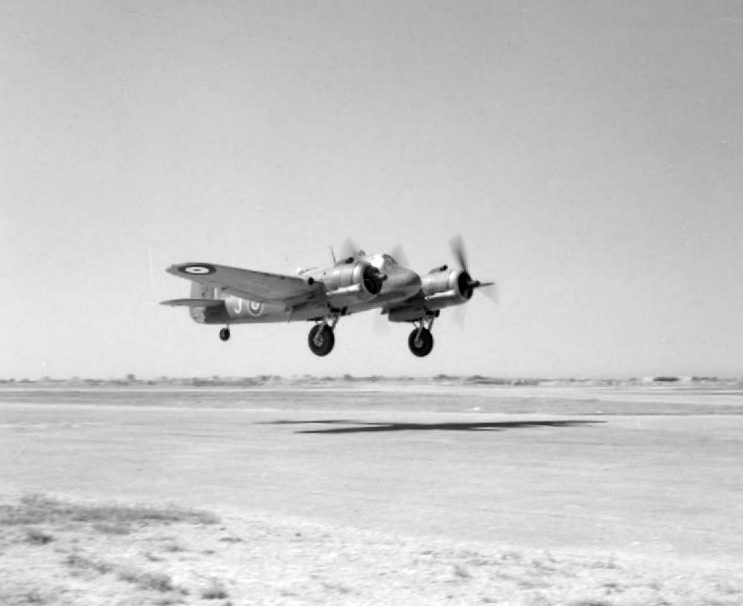

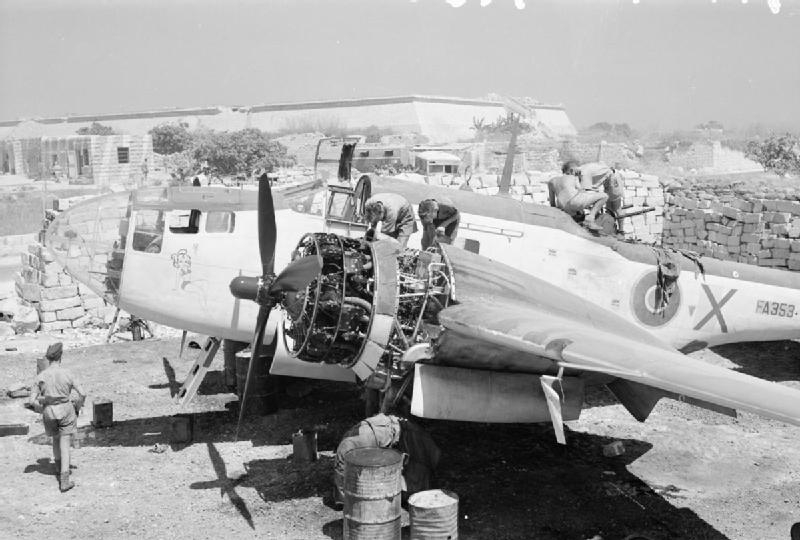
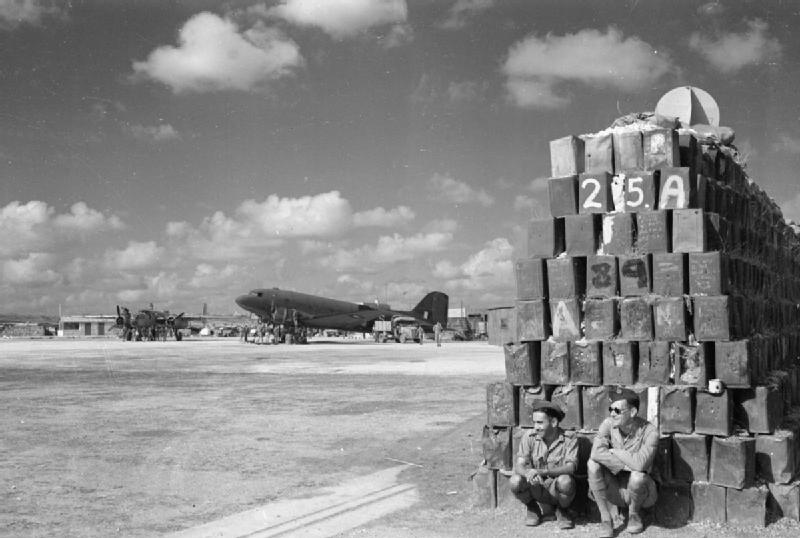
Many different squadrons were based here during the war including:
| Squadron | Aircraft | Role |
| No. 603 Squadron RAF | Spitfire | Fighter |
| No. 683 Squadron RAF | Spitfire then Mosquito Mk.VI | Photo-reconnaissance |
| Malta Night Fighter Unit | Hurricane | Night Fighter |
| No. 1435 (Night Fighter) Flight | Hurricane, then Bristol Beaufighter | Night Fighter |
| No. 148 Squadron RAF | Vickers Wellington | Bomber, Naval Attack |
| No. 69 Squadron RAF | Martin Marylands, then Martin Baltimores | Reconnaissance, Anti-submarine |
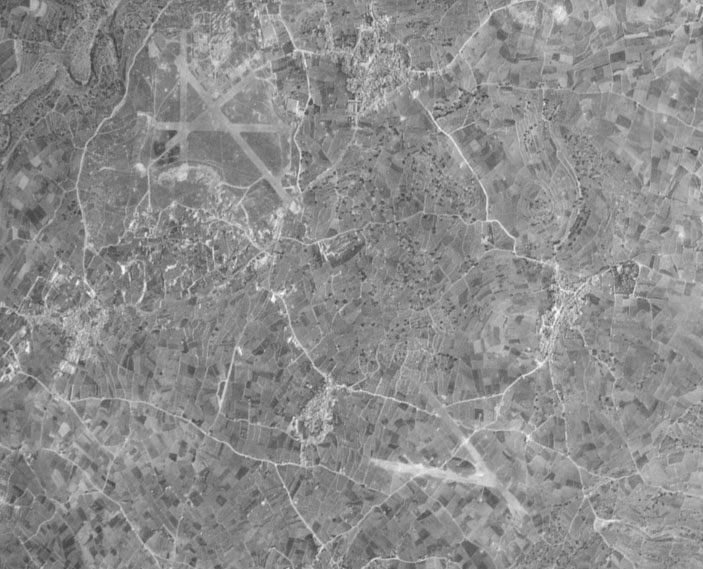
RAF Safi
RAF Safi, a maintenance base and satellite airfield, was also located on what is now Malta’s international airport, further southwest from the terminal area.
With flat terrain at a premium on the island, it’s easy to see why the airfields were located here. It was used for aircraft that needed to divert, either due to bad weather, aircraft damage, or damage to their home airfield. It was also used to disperse aircraft from the other airfields, to reduce the impact of air attacks on aircraft on the ground.
Planning a visit to this battlefield?
Fill in the form below and a History Guild volunteer can provide you with advice and assistance to plan your trip.
RAF Ta Kali
Also spelt Ta’ Qali, this had originally been an unpaved civil airstrip before the outbreak of hostilities in 1939, built on a dried lake bed in the interior of the island on the plain between Rabat and Valletta. It was improved by the RAF in 1940, becoming a large airfield. This is also the site of the Malta Aviation Museum, which is well worth visiting.
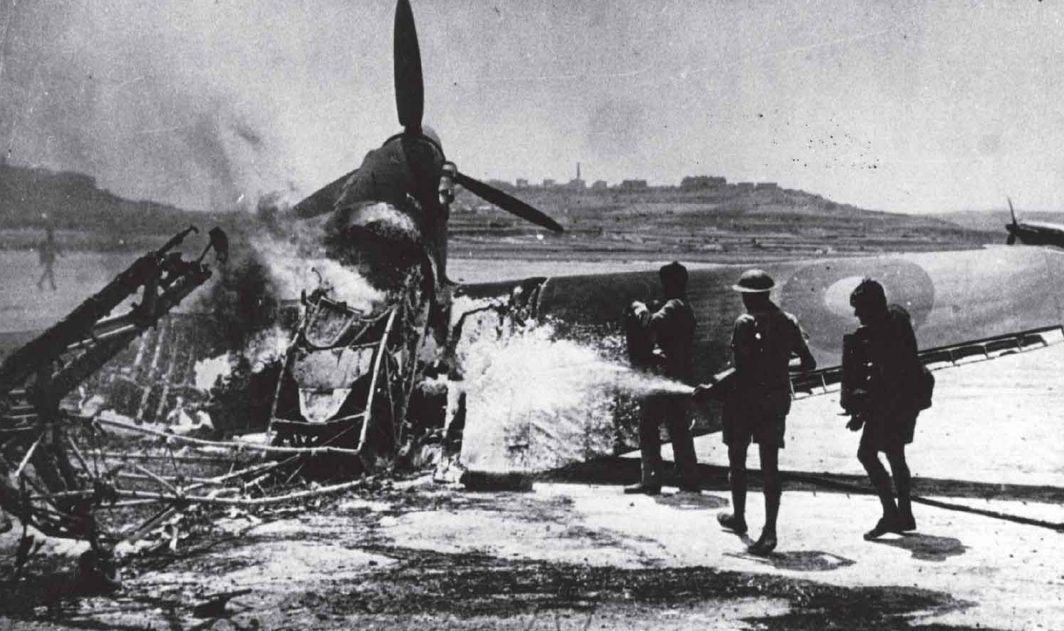
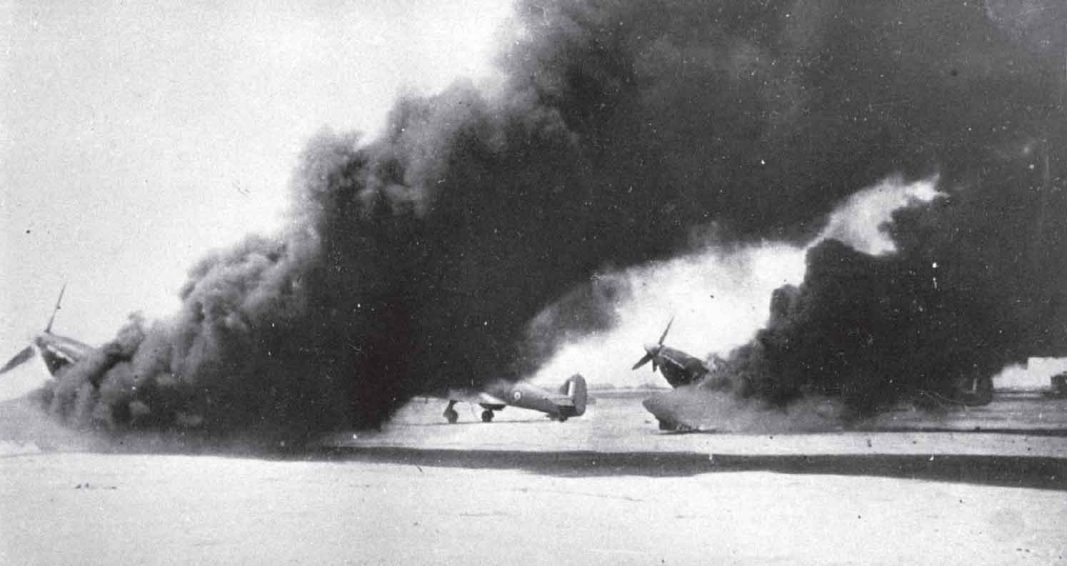
Many different squadrons were based here during the war including:
| Squadron | Aircraft | Role |
| No. 261 Squadron RAF | Gloster Gladiator then Hurricane | Fighter |
| No. 249 Squadron RAF | Hurricane then Spitfire | Fighter, Sea-patrol, Fighter-bomber |
| No. 272 Squadron RAF | Bristol Beaufighter | Bomber, Attack, Naval Attack |

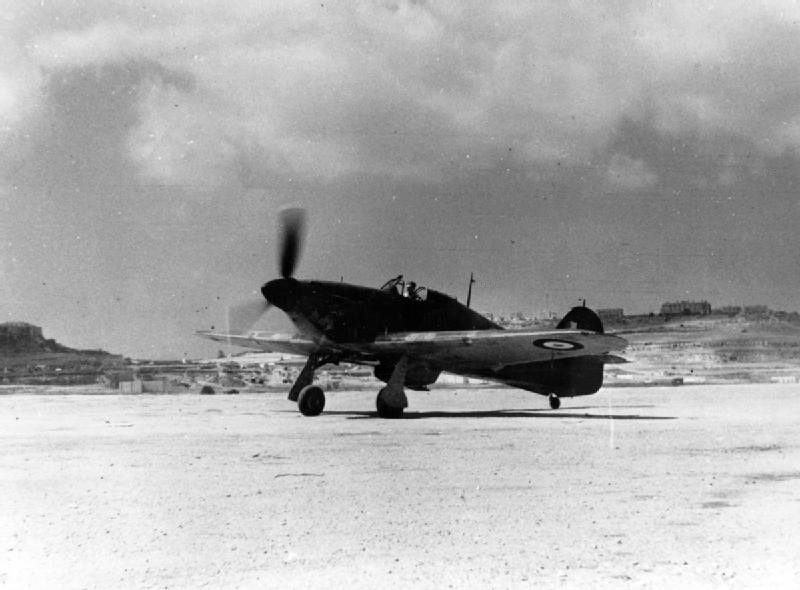
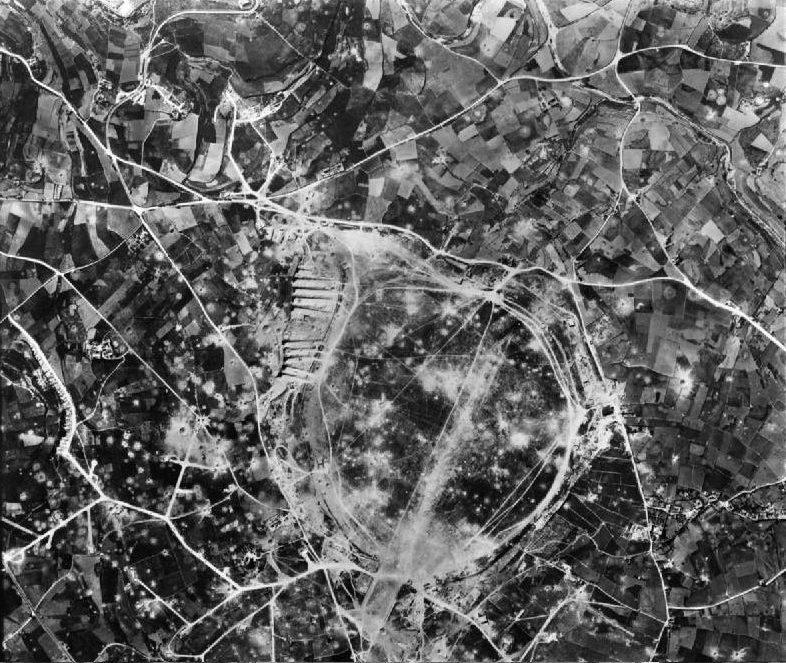
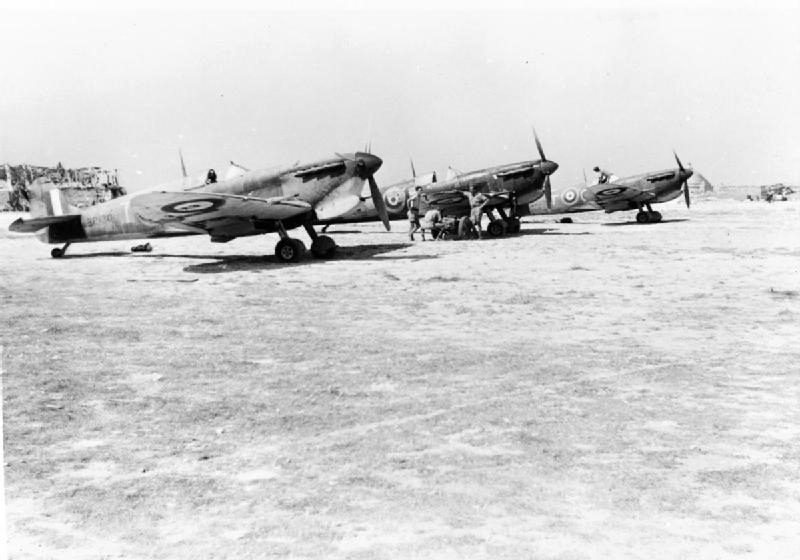
Malta Aviation Museum
Directions – Malta Aviation Museum
Airport buildings and structures, including the runway, are still clearly visible from the Museum. The museum houses many important aircraft from the battle, including a Hurricane, Spitfire and Gloster Gladiator.

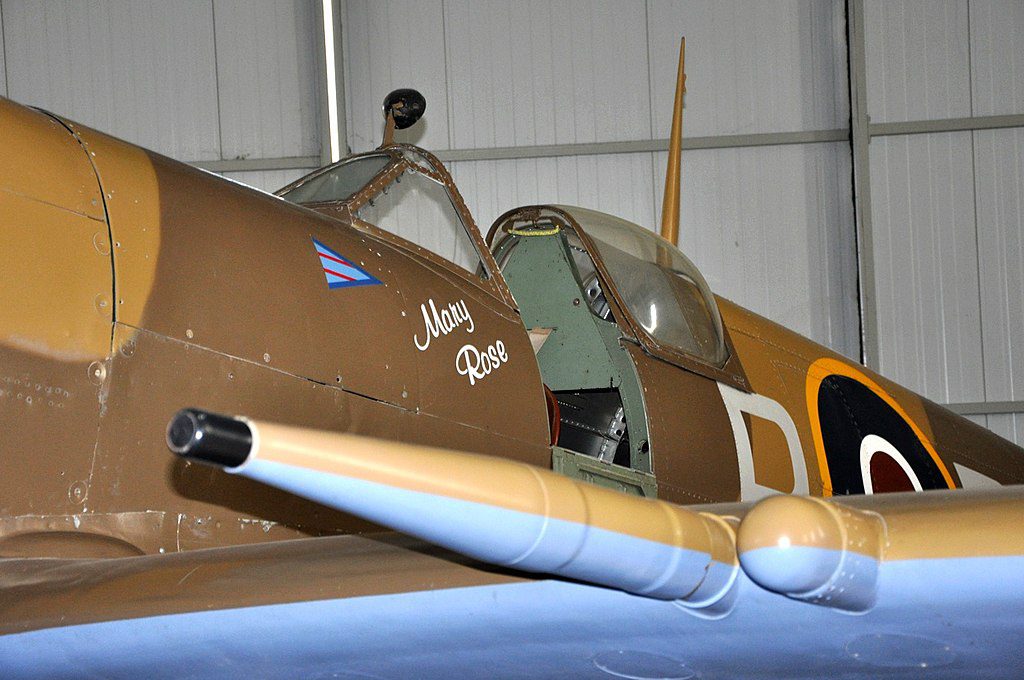
RAF Hal Far
Hal Far had been the first Maltese airfield to be bombed on 11th June 1940. During the war 2,300 tons of bombs were dropped on the airfield, however it was never fully unserviceable, due to the efficiency of the airfield repair parties.
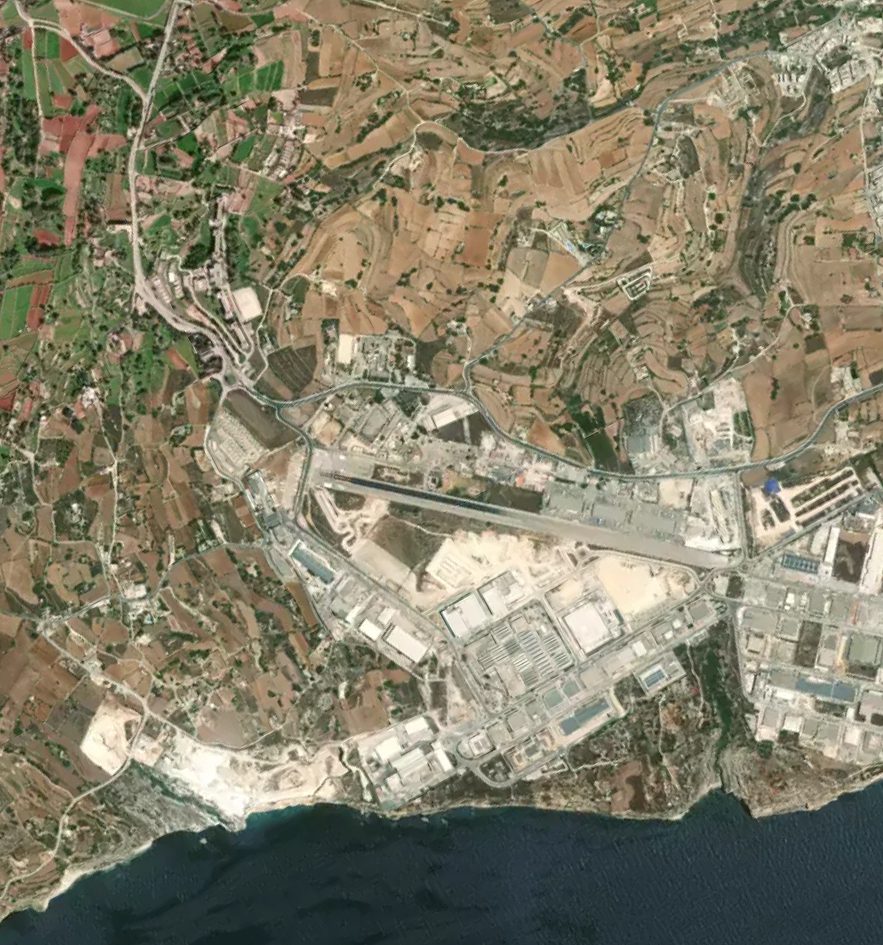
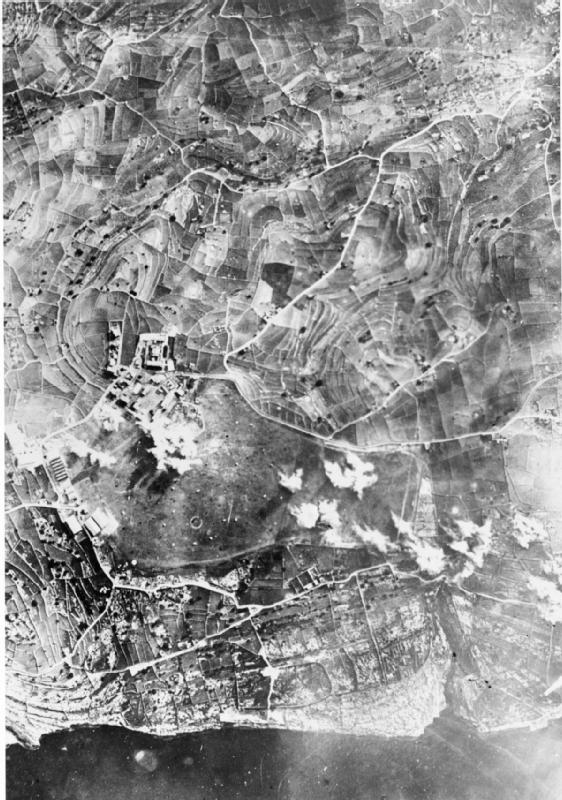
Many different squadrons were based here during the war including:
| Squadron | Aircraft | Role |
| No. 185 Squadron RAF | Hurricane then Spitfire | Fighter |
| No. 229 Squadron RAF | Hurricane then Spitfire | Fighter |
| No. 242 Squadron RAF | Hurricane | Fighter |
| No. 243 Squadron RAF | Spitfire | Fighter |
In addition several additional squadrons were based at RAF Hal Far for short periods during the invasion of Sicily.
Ta’ Lambert Aerodrome, Gozo
Directions – Ta’ Lambert Aerodrome, Gozo
Used by USAAF’s 31 Fighter Group flying the Spitfire Vc, and consisting of 307, 308 and 309 Fighter Squadrons. These US Spitfire pilots saw plenty of action during Operation Husky, the invasion of Sicily.
Australians and the Siege of Malta – Video
Grand Harbour
Getting a ferry across Grand Harbour is the best way to appreciate this area. The Valletta – Three Cities Ferry leaves from close to the Upper Barrakka Gardens and regularly crosses the harbour to Senglea. This area was the epicentre of Axis attacks on the island, and consequently had Anti-Aircraft defences installed in many positions around the harbour.
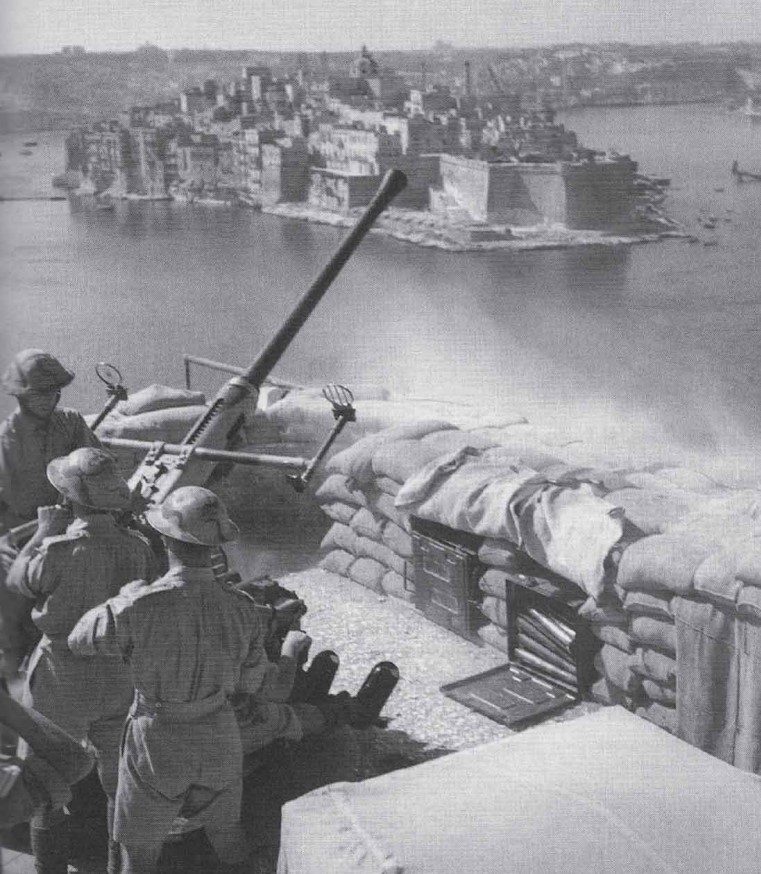


A great way to get a good overview of Grand Harbour, as well as the rest of Valletta, is from the rooftop of the Embassy Hotel, on Strait Street. There is a rooftop restaurant with excellent views.
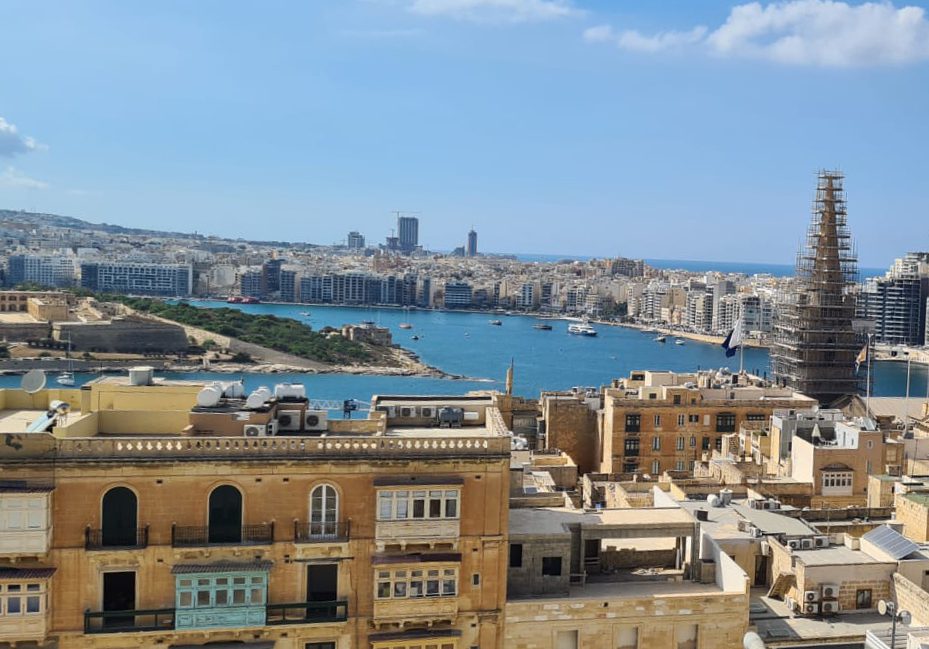
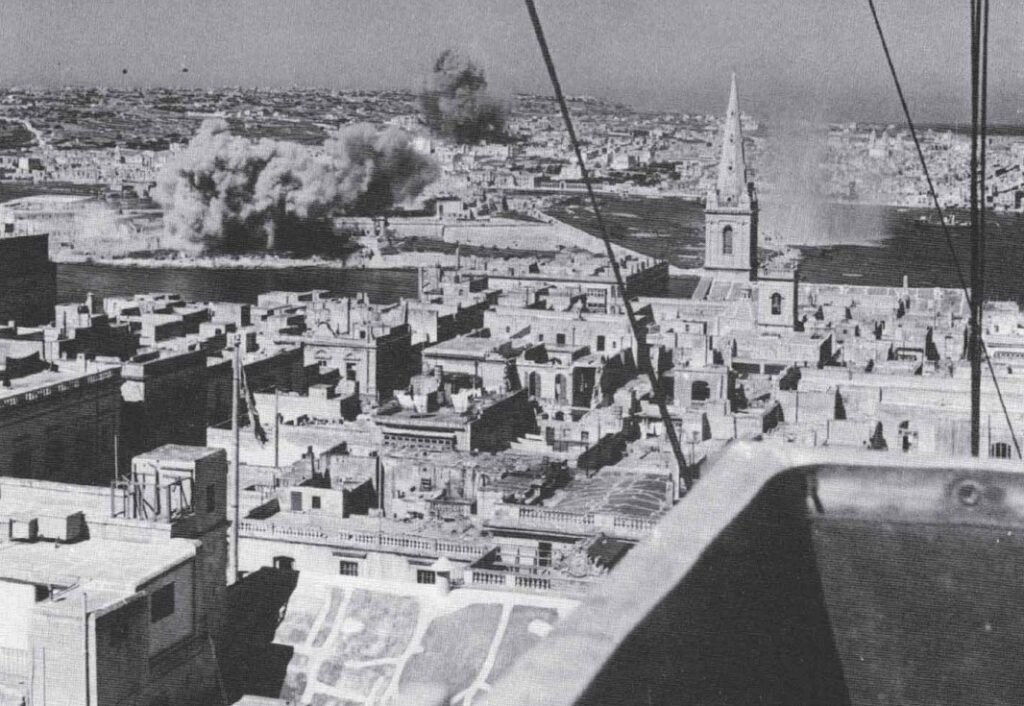
Strait Street
During the 19th and 20th centuries off-duty sailors and soldiers came to let off steam on Strait Street, nicknamed the Gut. It was often rowdy, loud and insalubrious, with a reputation for prostitution, drunkenness and cross-dressers – not the kind of place you’d expect in a staunchly Catholic and conservative country such as Malta. Today, this once seedy thoroughfare has cleaned up its act and it’s now characterised by stylish cocktail bars and buzzing live music venues.
Australian sailors and airmen came here to blow off steam during the Second World War, there are still plenty of bars here now, why not have a drink in their honour! One of the most popular drinks was the ‘Suffering bastard’ cocktail, a potent mix of brandy, gin, lime juice, bitters and ginger beer. This was invented in the Shepheard’s Hotel in Cairo as a hangover drink for allied troops, and was quickly adopted by allied troops across the region.

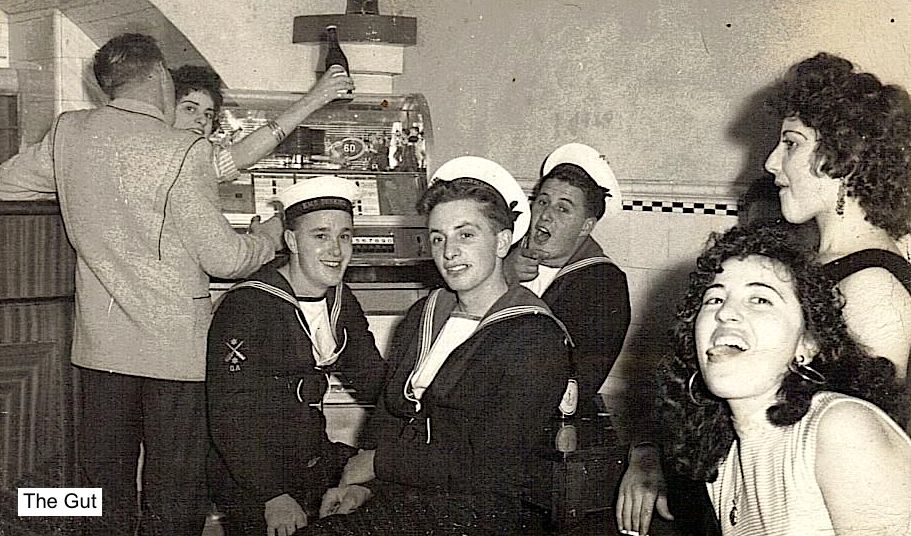

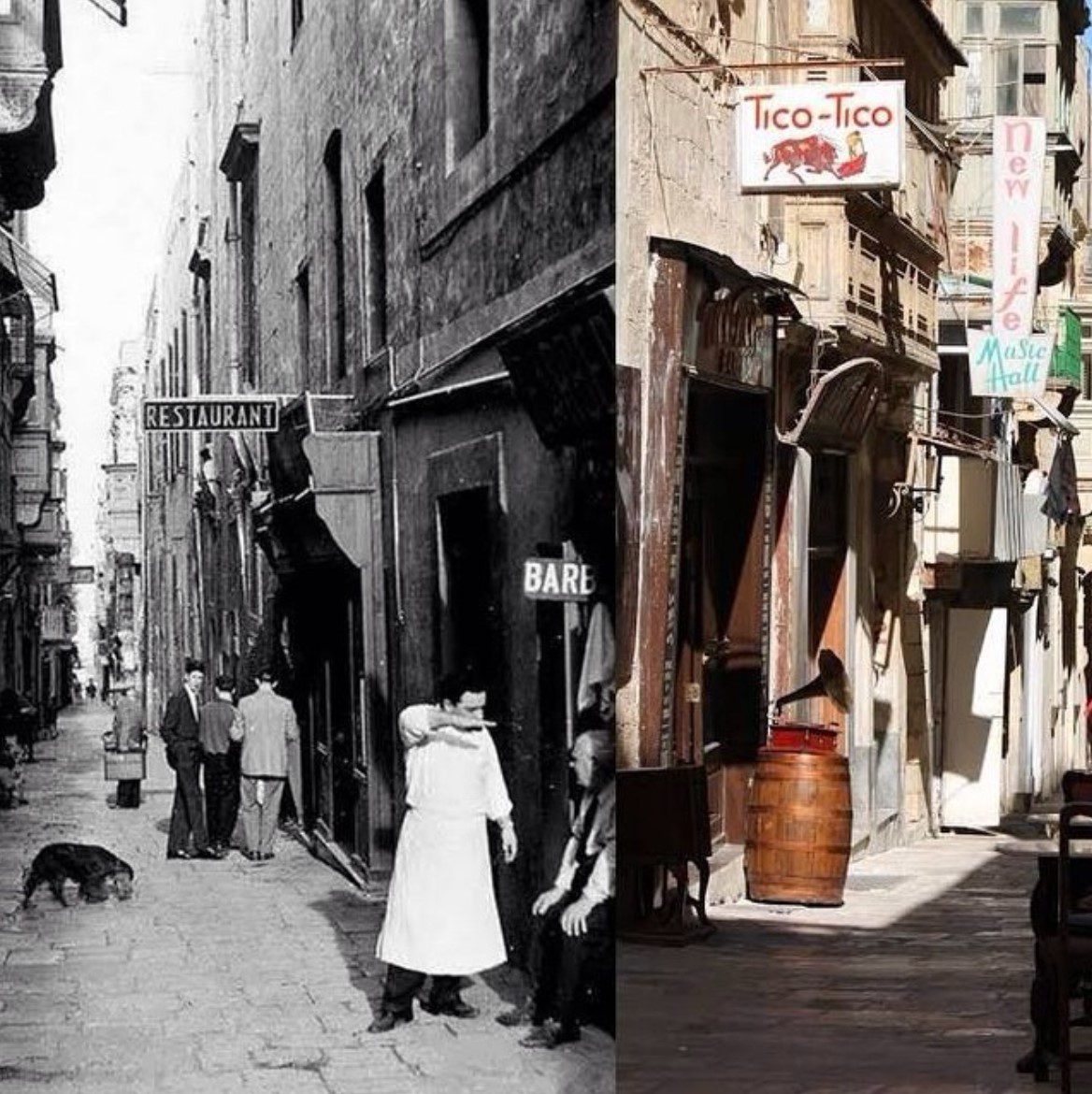
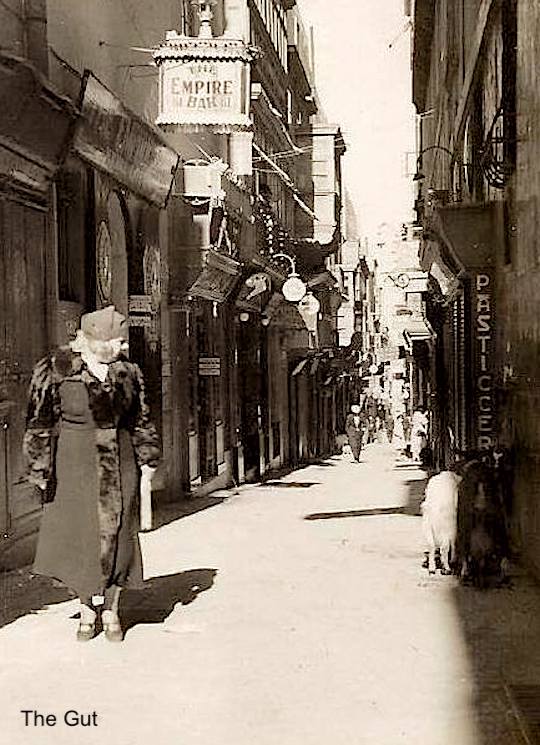
The Lascaris War Rooms
Directions – The Lascaris War Rooms
An underground complex of tunnels and chambers in Valletta where the Headquarters for the Allied forces were stationed. It is a series of tunnels under the Upper Barrakka Gardens and the Saluting Battery that had been used during the Knights Hospitaller period, and were expanded in 1940. Up to 1,000 men and women worked in the tunnels, Australian sailors from HMAS Nestor slept here when their ship was being refitted in Grand Harbour.
It is worth timing your visit to take part in one of the twice daily guided tours. These provide a fantastic range of insights into the experiences of the people who helped defend Malta from here. Tickets here.
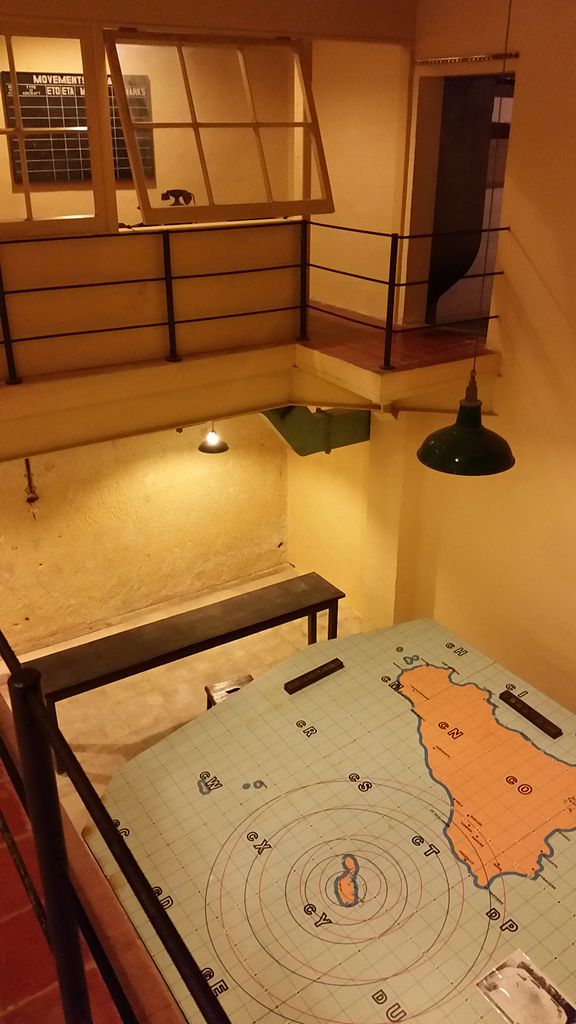
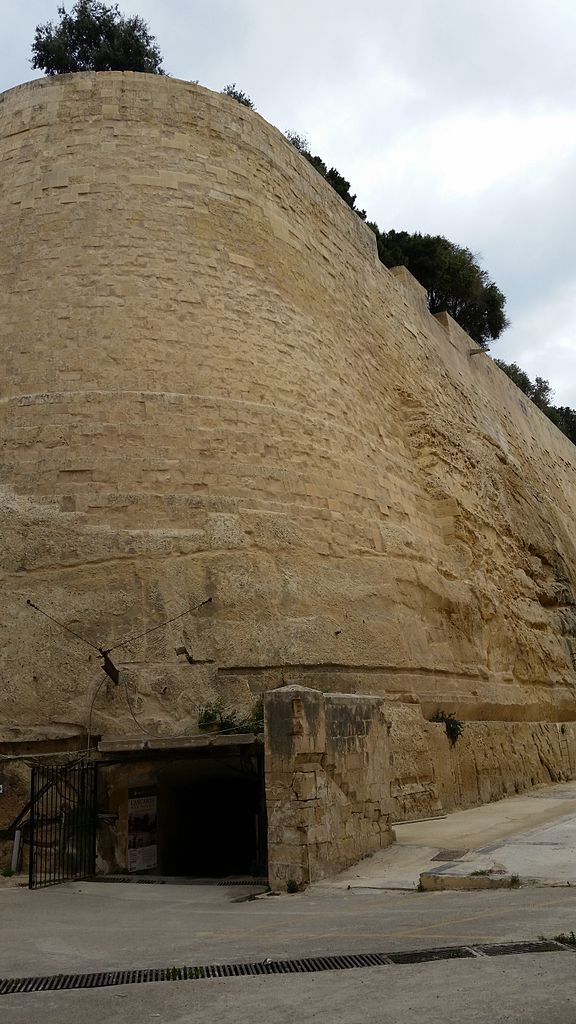
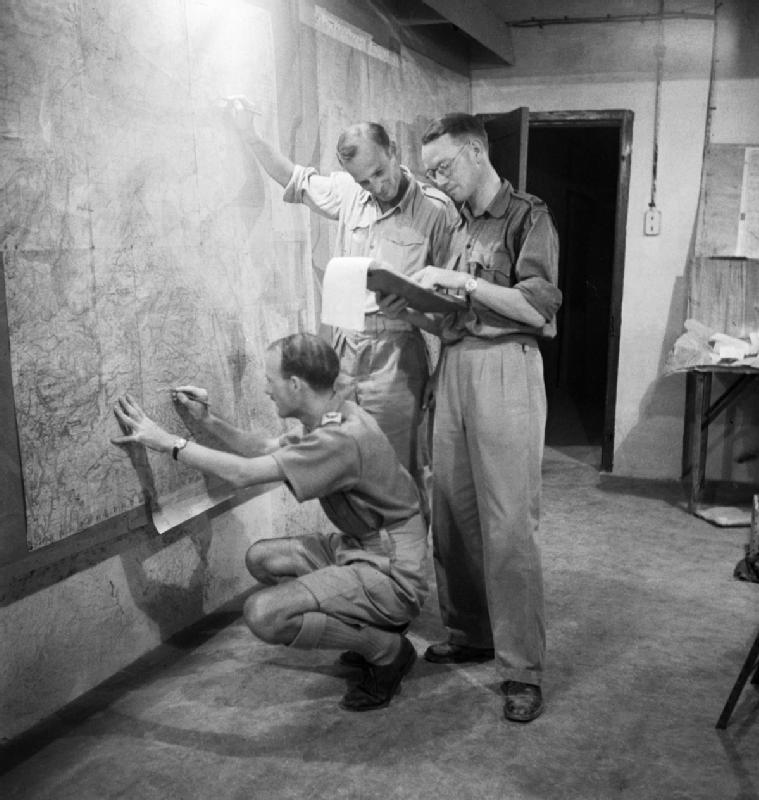
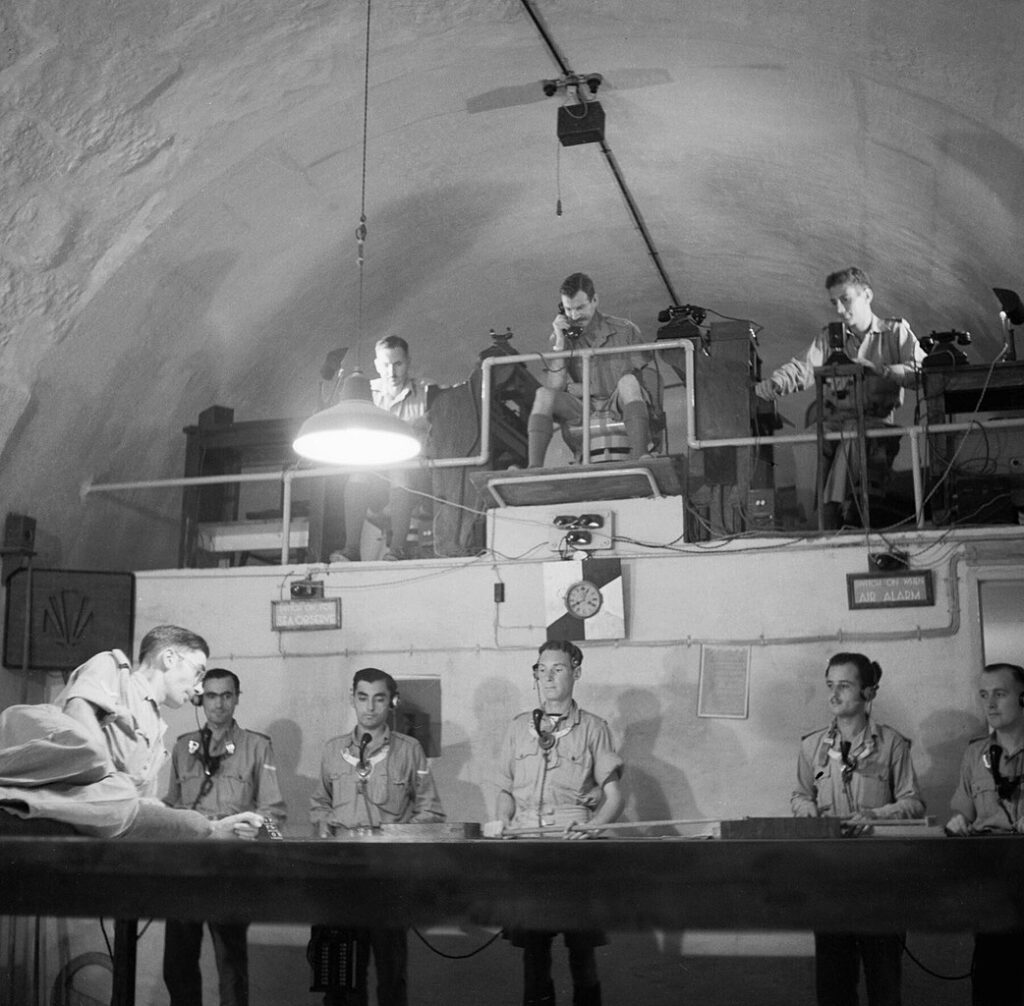
Malta at War Museum
Directions – Malta at War Museum
This Museum is dedicated to Malta’s role in World War II, housed within a barrack block and a rock-hewn air-raid shelter across Grand Harbour from Valletta. The museum has an extensive collection of weapons, uniforms, medals and documents, and tells the narrative of Malta’s WWII experience. It is well worth a visit.
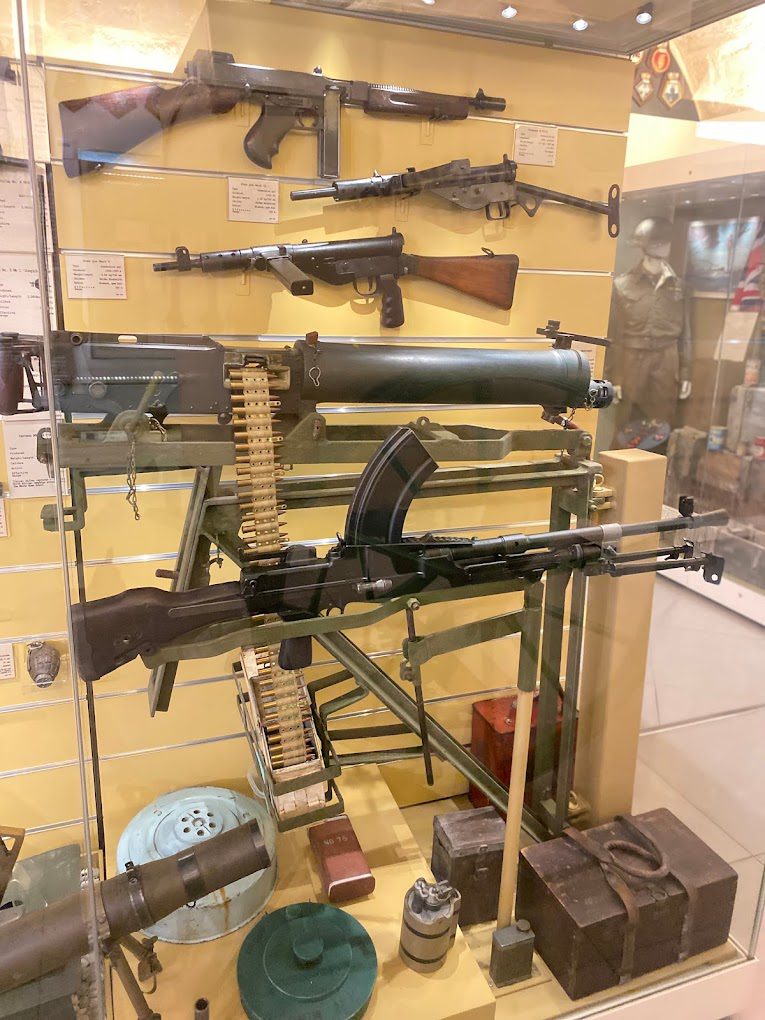
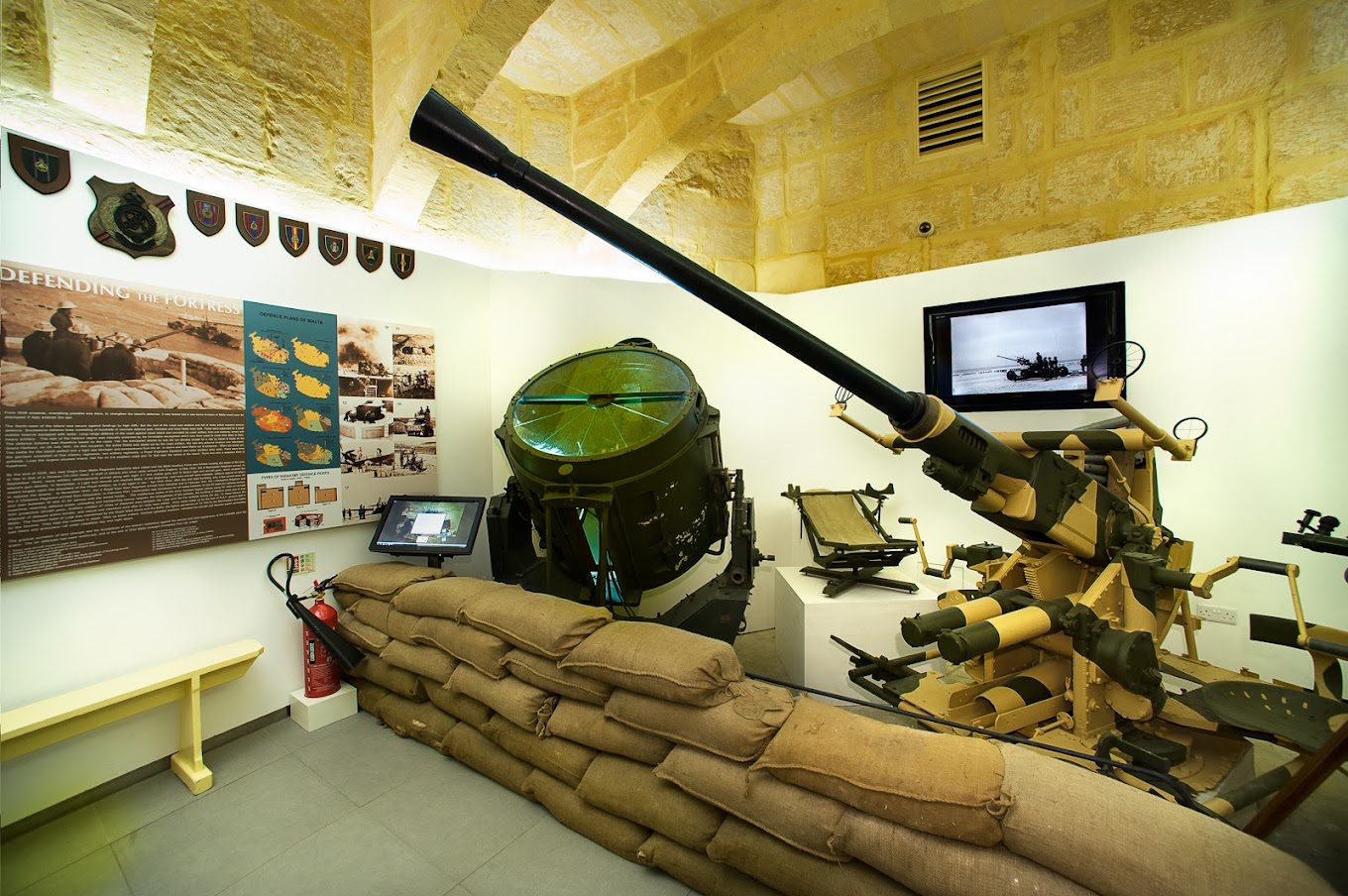
One example of the Australian connection at the Malta at War Museum is their connection of items from RAAF Flight Lieutenant Eric Mahar DFC, of Karang, Victoria. He was part of No. 185 Squadron RAF, based at RAF Hal Far in late 1942. He saw plenty of action, shooting down several enemy aircraft and leading his flight with distinction. He was aboard the same transport aircraft that was taking Canadian ace George Beurling, author of Malta Spitfire, and other pilots to Gibraltar, when it crashed into the sea. Mahar and Beurling were two of only three survivors of the crash.
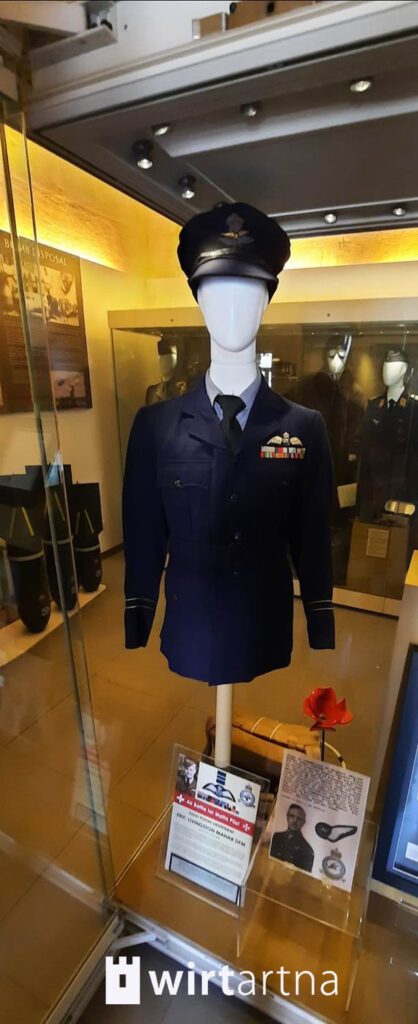
National War Museum – Fort St Elmo
Directions – National War Museum – Fort St Elmo
Located in the impressive Fort St Elmo, which overlooks the entrance to Grand Harbour, the Museum covers a long span of Malta’s military history. divided into seven sections and covers 7,000 years of Maltese Military History from the Bronze Age until Malta’s accession in the EU. Notable artefacts include military armour of the Order of St John and the Ottoman Turks. However, the Second World War is the most represented conflict in the museum. Highlights include the Gloster Sea Gladiator N5520 FAITH, Roosevelt’s Jeep ‘Husky’, and Malta’s award for gallantry, the George Cross.

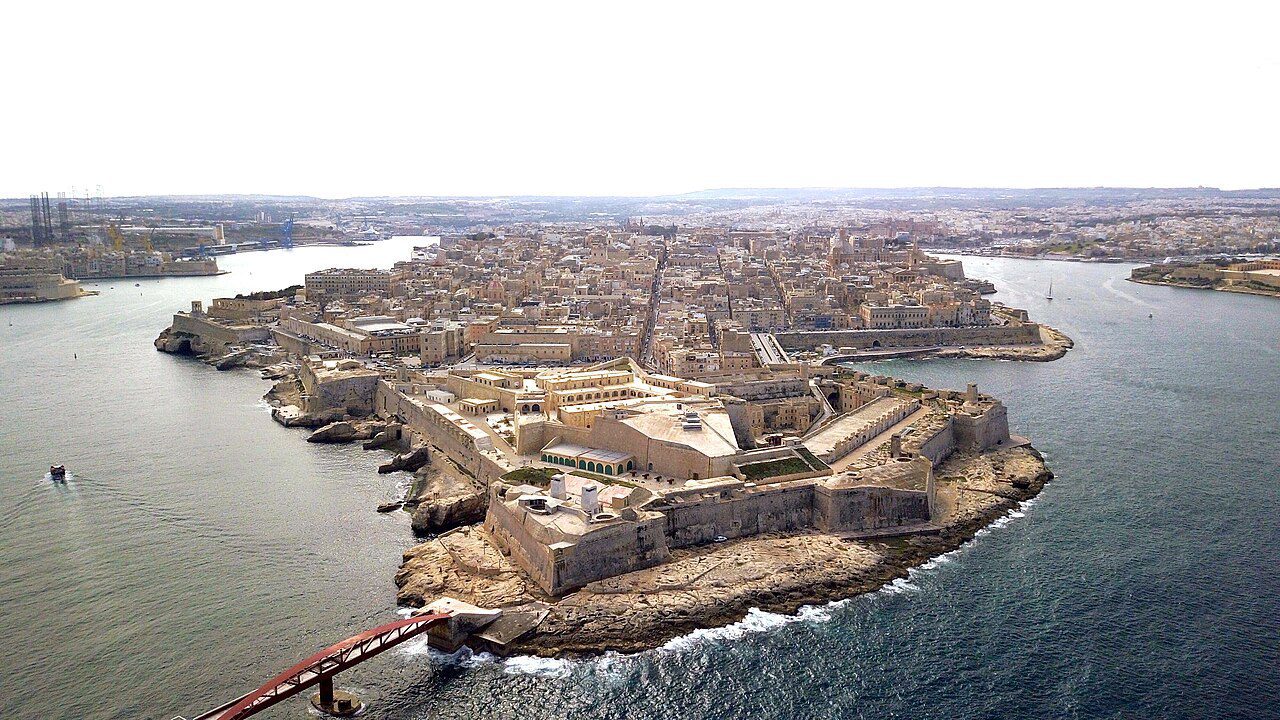
Malta Memorial
A monument to the 2,298 Commonwealth aircrew who lost their lives during the Second World War in the Mediterranean, and who have no known grave. This includes 205 Australians, such as Sgt Jack Neill, a Wireless Air Gunner from Mooloolaba, Qld, serving with No. 69 Squadron RAF based at RAF Luqa. He was part of a crew flying a reconnaissance mission along the North African coast in a Martin Maryland, which was lost along with the whole crew in July 1941. Jack had only been on Malta for two months prior to his death.
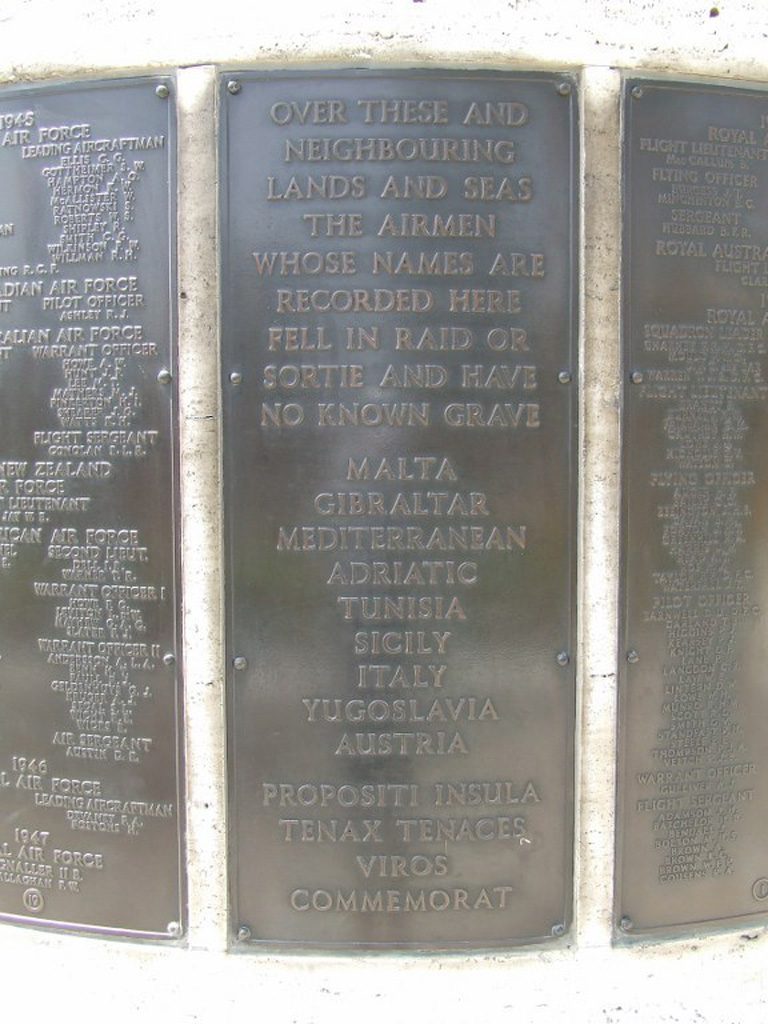
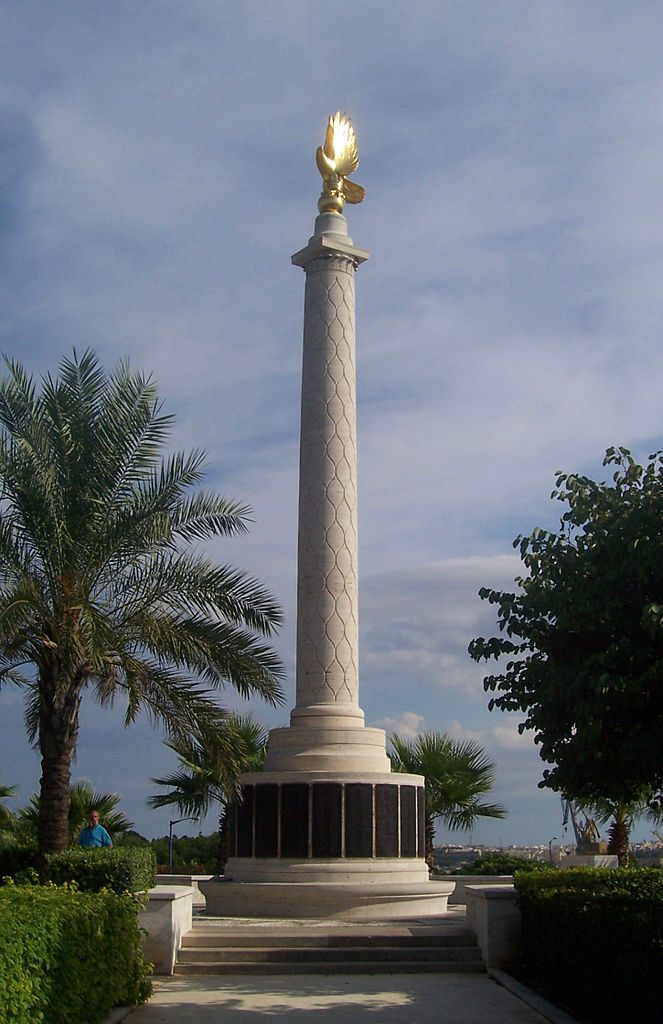
Kalkara Naval Cemetery
Directions – Kalkara Naval Cemetery
1089 Commonwealth service personnel are buried in this cemetery, as short distance across Grand Harbour from Valletta. This includes 27 Australians, such as FSgt Don Ripper from Stratford, Vic, a Spitfire pilot with No. 229 Squadron RAF based at RAF Hal Far. Don had an eventful time based on Malta, seeing a lot of aerial combat, including being shot down over Sicily, but managing to crash land and make his way back to Malta. He was tasked with flying a weather reconnaissance mission in October 1943 when his aircraft was destroyed by a thunderstorm and he was killed.
Interactive Map of Malta during WWII
Podcasts about Australians in the Mediterranean during WWII
Did my Relative Serve in these Battles?
Hundreds of thousands of Australians served in the Mediterranean during the Second World War. Some families know what their relative experienced during this often very important part of their life, but many do not. History Guild has a project where our volunteers research the service history of Australians who served in the Mediterranean. We have had a lot of interest in this service and have a large backlog of research to get through, so it currently closed to new entries.
We hope to re-open this service once we have finished our research on the current set of Australian servicemen and servicewomen.
The text of this article was commissioned by History Guild as part of our work to improve historical literacy. If you would like to reproduce it please get in touch via this form.
